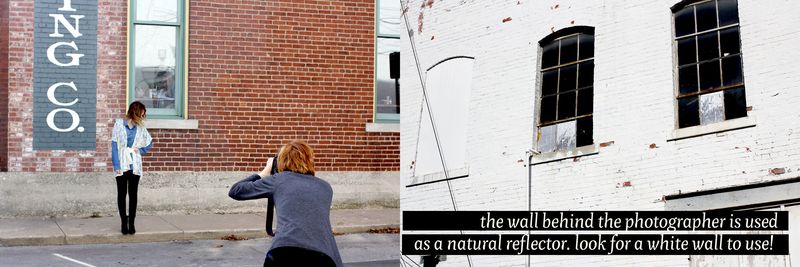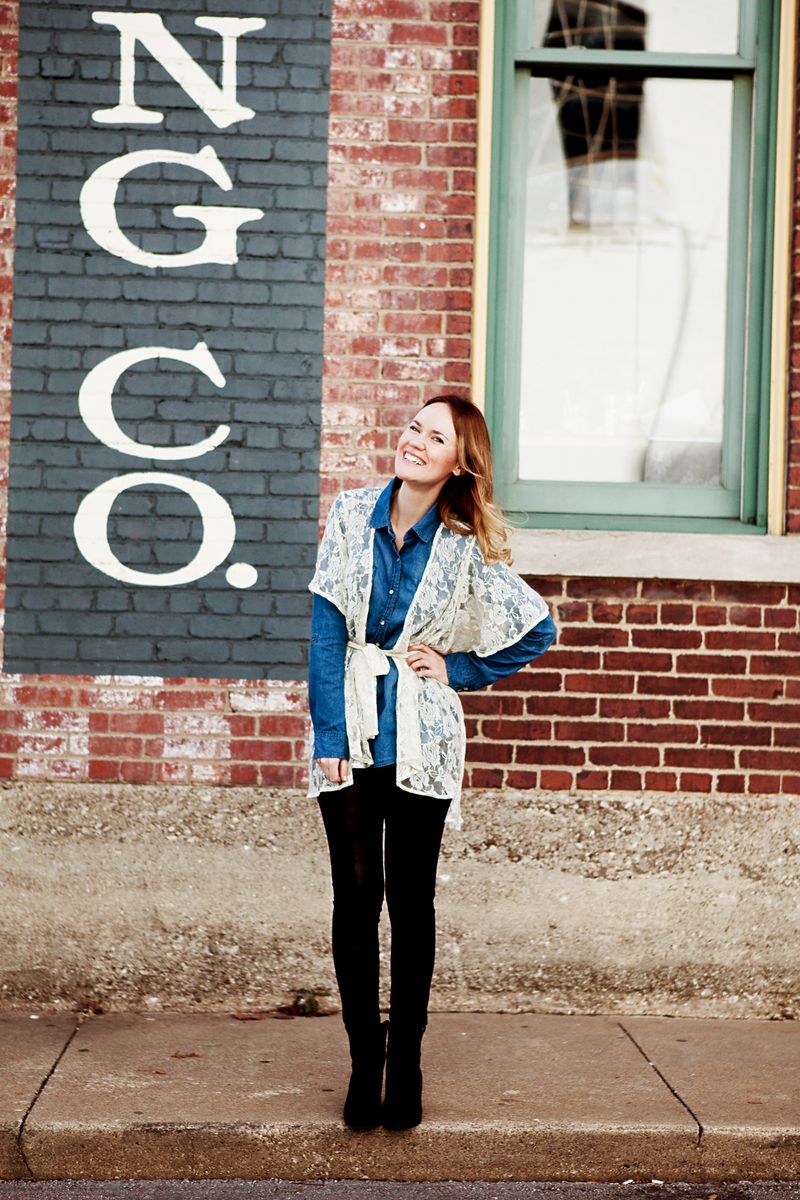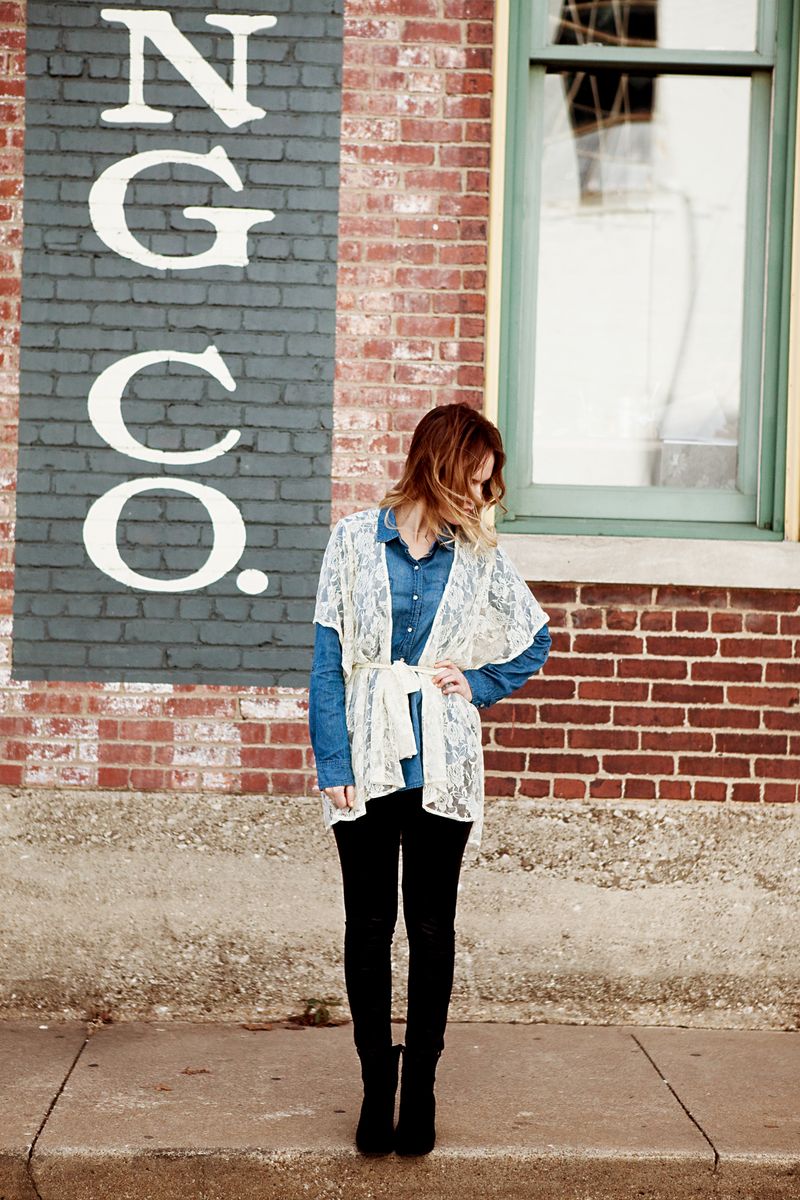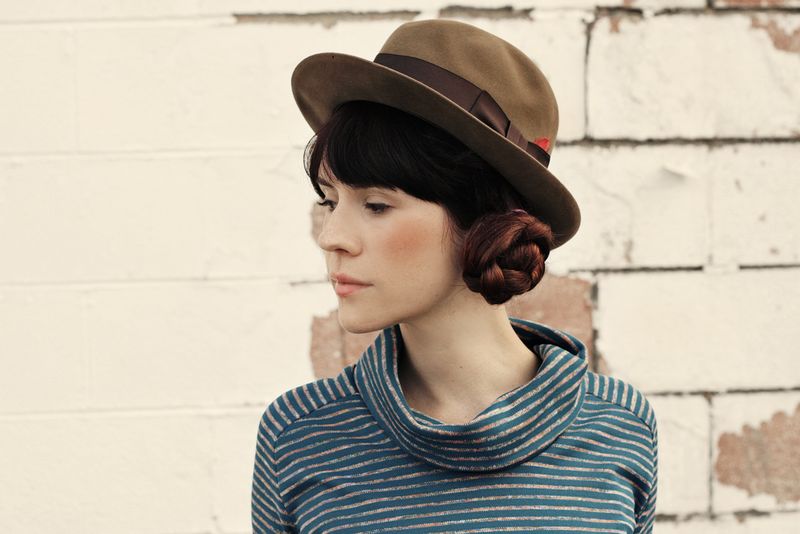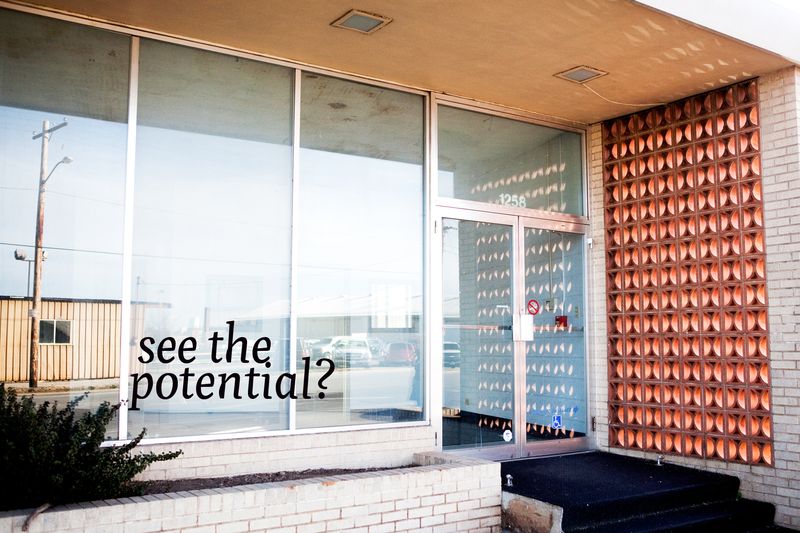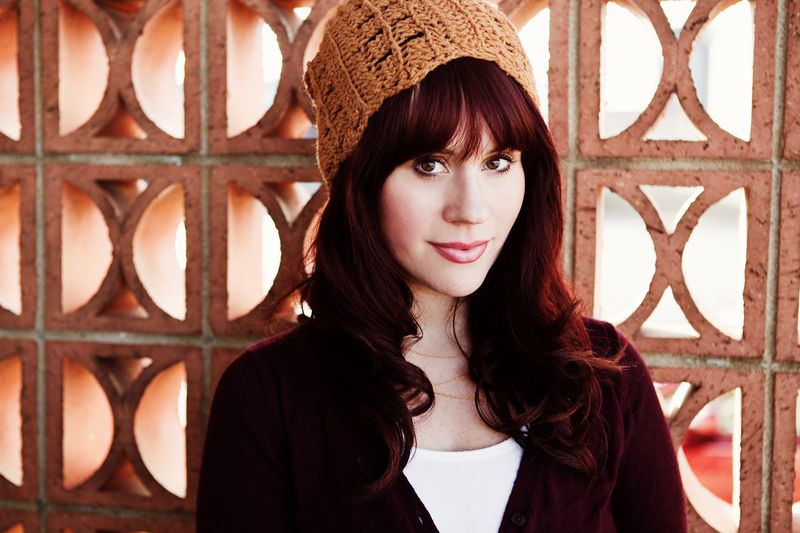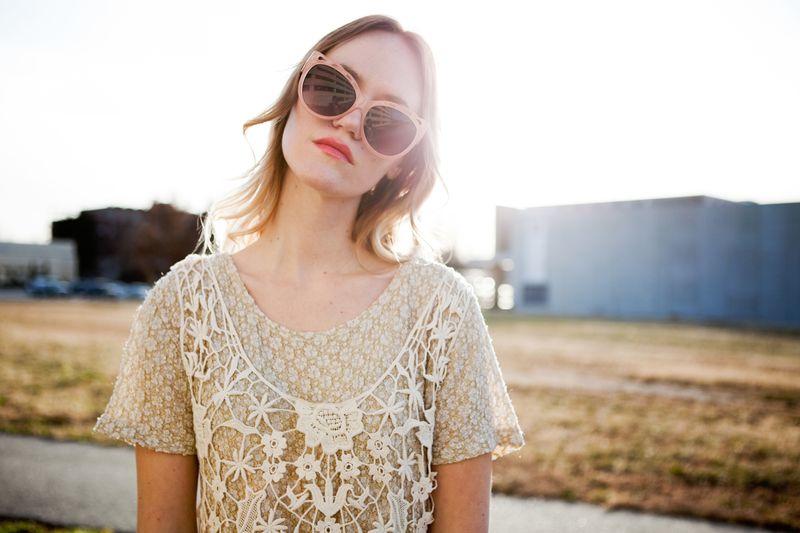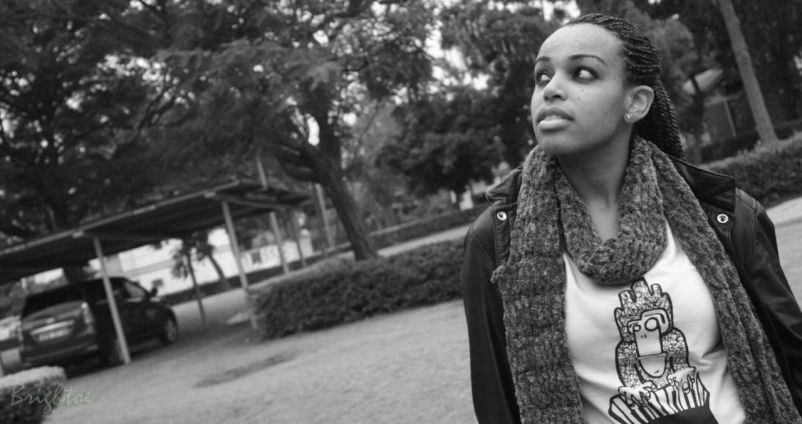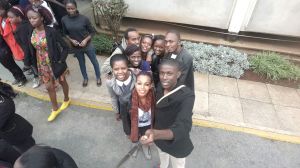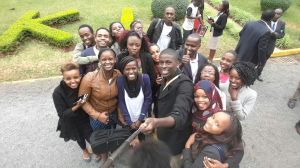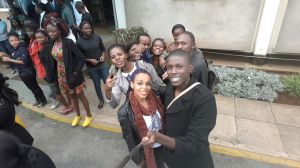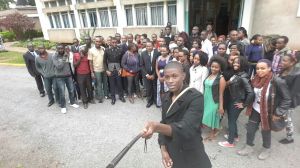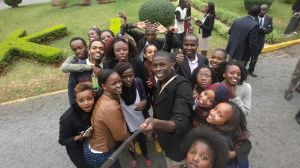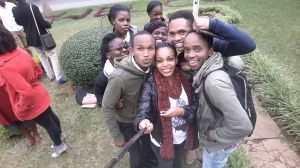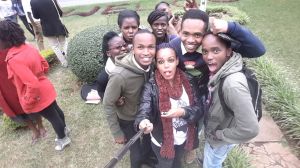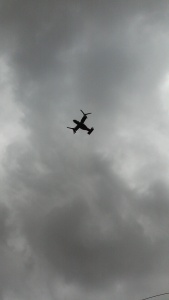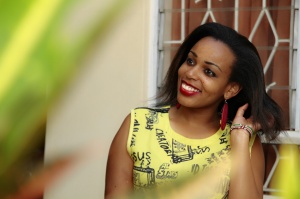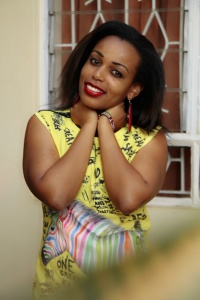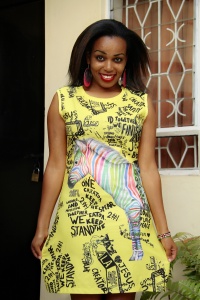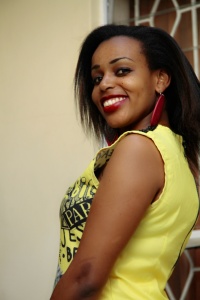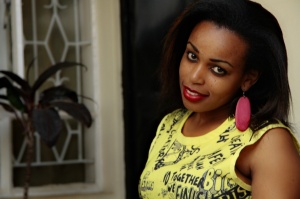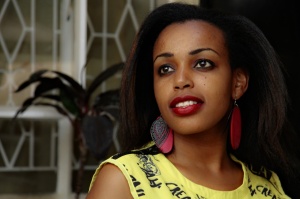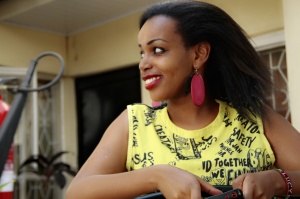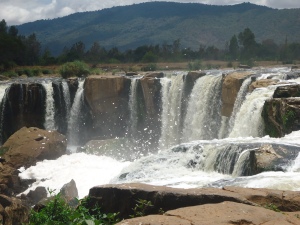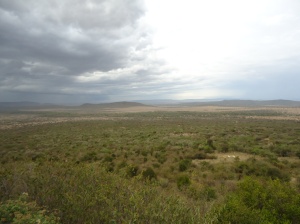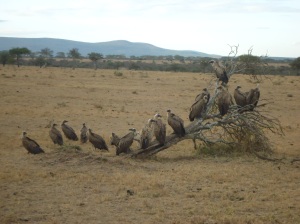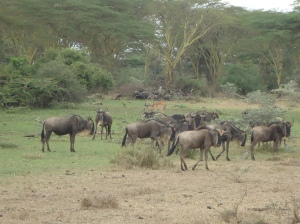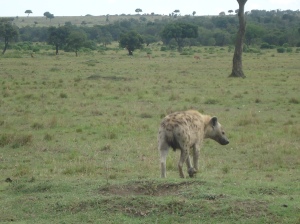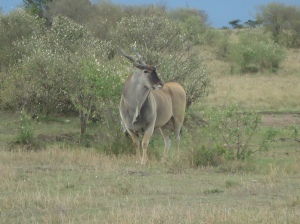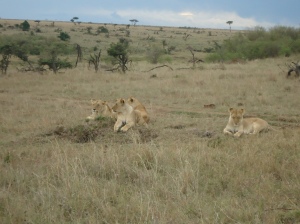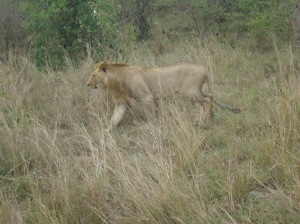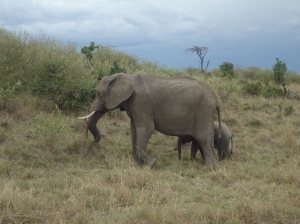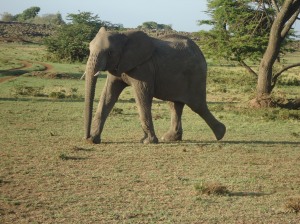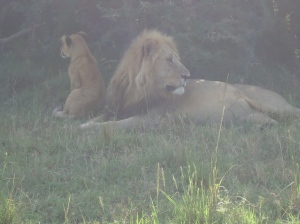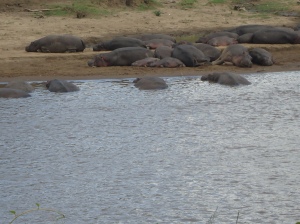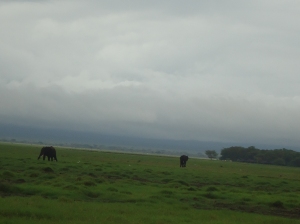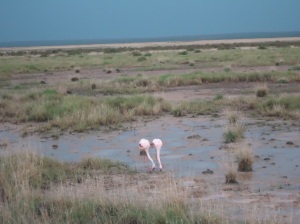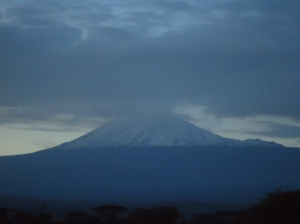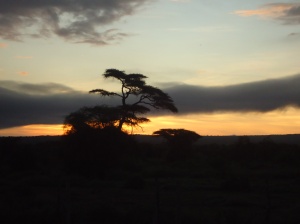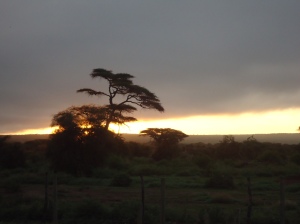A lighting tool for unique applications – (different versions work with different brands/models of flash – this test was on a Canon flash)
When first handed the Light Blaster, some photographers are a little dubious. It seems a bit like a kitschy toy not suited for a professional kit. But, like most things, its usefulness is largely dependent on the person using it and the goals they have in mind. Once you get your head around the idea, the Light Blaster makes a lot of sense in the creative arsenal of many photographers.
What Is It?
The Light Blaster is a strobe-based slide projector, which uses standard slides or special films from Light Blaster. On one end, the Light Blaster slides over your strobe. On the other, you mount a lens which is used to focus and project the image. In between, you mount a slide or film which is then projected onto your scene when the strobe fires.
Pros
In Camera Imaging the real power of the Light Blaster is the ability to create very interesting effects, in camera, with a strobe. The effects can mimic filters, layers and composites often added in post. The ability to focus the projected image allows it to be adjusted to be very sharp or intentionally hazy.
New uses for slides makes the Light Blaster presents a very interesting new use for old slides and the creation of new ones. You foresee those who embrace the Light Blaster creating their own stock slides to have on hand to create specific effects and develop a signature style.
Less effects work in post by creating these unique images in camera, the photographer can immediately see if their shot captured the desired effect and adjust as needed. They can also play with focus, placement and size of the projected image, which creates more options for consideration in post. By pushing some of the composting to the set/location, the effects work in post is reduced.
Cons
Best as an “off camera” strobe , the Light Blaster might work best as an off camera strobe. When mounted on the camera hot shoe, the angle of the projected image is restricted, which limits its creative application. And, the second lens makes the camera very top heavy.
Photo by @CyrilCYrax 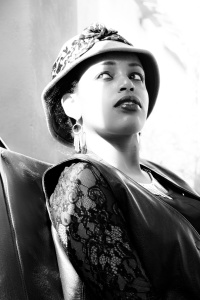

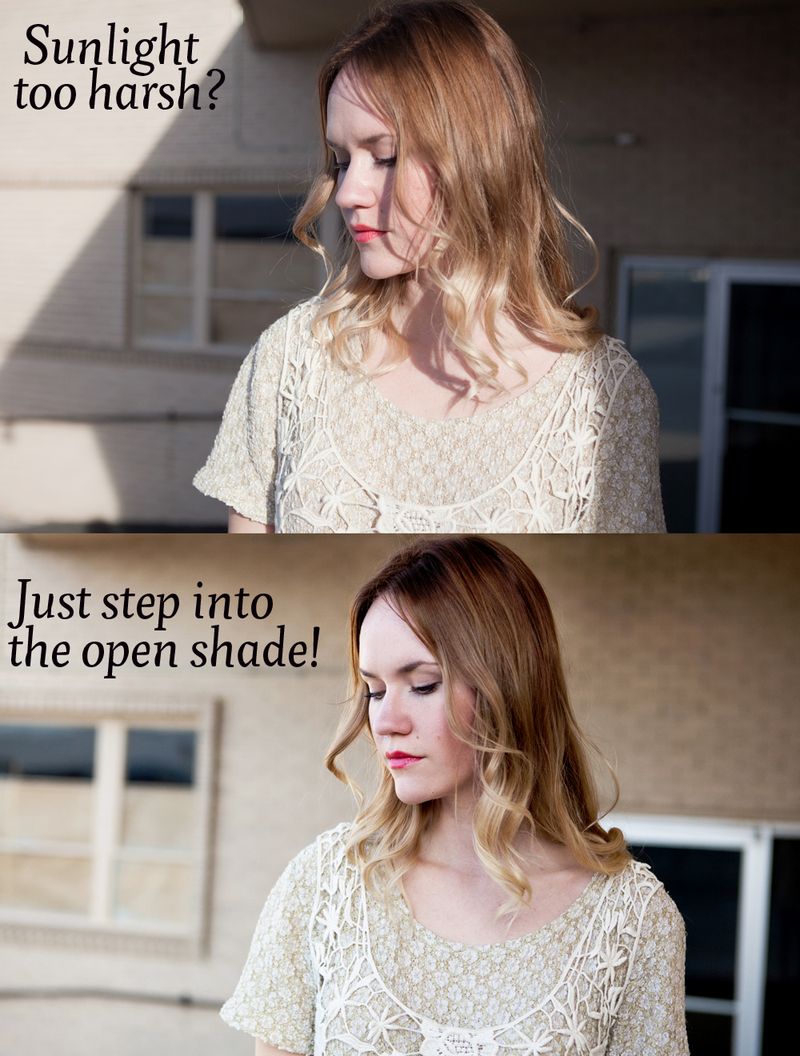 1. Look For Shade The sunshine is the most gorgeous natural light source, but depending on the style of shot I am going for, especially in the middle of the afternoon where the sun is throwing harsh light and shadows on my subject, look for shade. Not just any shade, but shade that is close to a light source.
1. Look For Shade The sunshine is the most gorgeous natural light source, but depending on the style of shot I am going for, especially in the middle of the afternoon where the sun is throwing harsh light and shadows on my subject, look for shade. Not just any shade, but shade that is close to a light source.